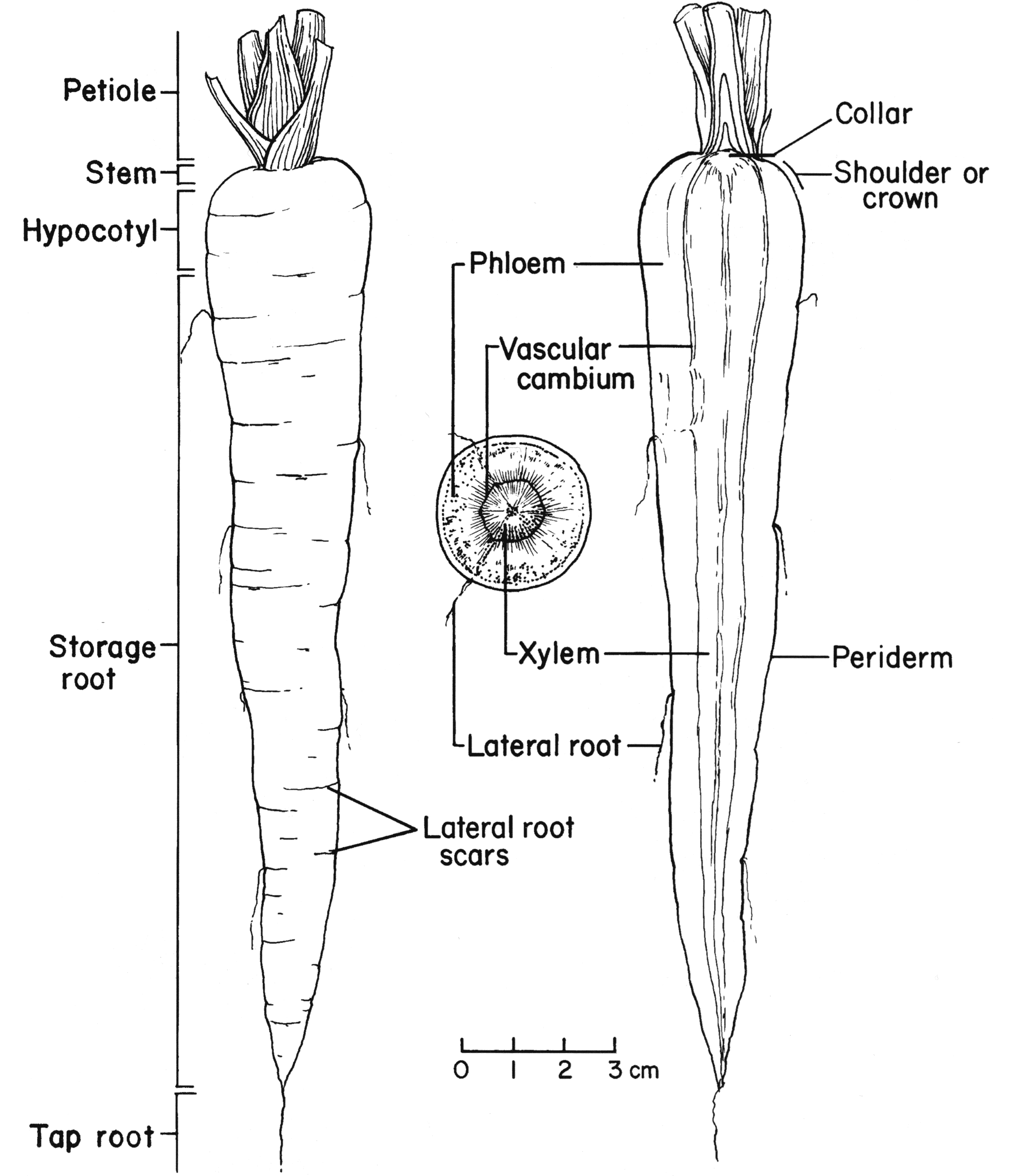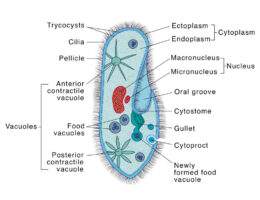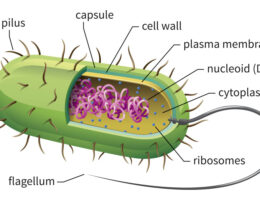A carrot is a root vegetable that is commonly eaten raw or cooked in a variety of dishes. Here is a brief description of the labeled parts of a carrot:
- Root: The main edible portion of the carrot, which grows underground and is tapered at the tip.
- Taproot: The large central root that gives rise to smaller roots and secondary taproots.
- Crown: The point where the top of the carrot meets the leaves.
- Stalk: The slender, green stem that grows from the crown and supports the leaves.
- Leaf: The green, feathery foliage that grows from the stalk and is used in photosynthesis.
- Petiole: The stalk that attaches the leaf to the main stem.
- Blade: The flat, expanded part of the leaf that is used in photosynthesis.
- Vein: The network of thin, branching lines that run through the blade and carry water and nutrients.
- Taper: The gradual decrease in diameter from the top to the bottom of the carrot.
- Skin: The outer layer of the carrot that is typically orange, but may also be yellow, purple, or white.
- Core: The central portion of the carrot that is typically lighter in color than the outer portion.
- Tip: The pointed end of the carrot opposite the root end.
These are the main labeled parts of a carrot. Different varieties of carrots may have variations in size, shape, and color, but these basic parts are common to all.



